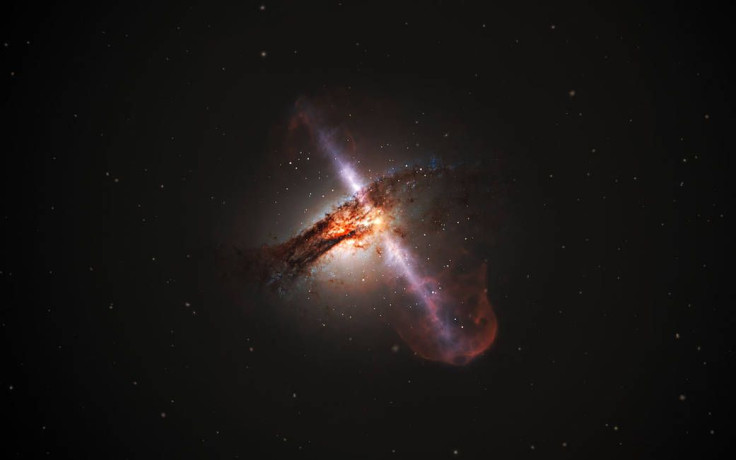Black Holes Are Keeping Their Galaxies Alive With Extreme Heat, Study Reveals

Some supermassive black holes are mysteriously keeping their galaxy clusters alive by continuously pumping extremely hot clouds of gas, a a team of researchers has found. The scientists also noted that this goes against simple models that can determine the death of galaxies.
Using the data on the supermassive black holes of the galaxy clusters Perseus, Virgo and Abell 2597, a team of astrophysicists noticed massive clouds of hot gas swirling within these cosmic structures.
Upon closer inspection, they learned that the hot waves of gas are coming from the supermassive black holes. Surprisingly, the clouds of gas are able to sustain their temperature, which in turn, keeps the galaxies active and alive.
According to the astrophysicists, cosmic models suggest that gravitational forces would eventually cause gas clouds to clump together and form stars. After a while, these stars would run out of energy and eventually die, which would trigger the death of the galaxy. This process is known as catastrophic cooling.
However, for some reason, the galaxy clusters Perseus, Virgo and Abell 2597 are not going through catastrophic cooling. Instead, they are constantly maintained by the hot gas from their supermassive black holes.
The astrophysicists theorized that this could be related to the findings of another study published in 2005. According to the study, large bubbles form within the hot gas clouds, creating cavities in space. These giant bubbles are able to prevent catastrophic cooling by moving away from the galactic center.
The authors of the new study then explained that turbulence occurs around the giant bubbles, which then cause a continuous flow of eddies or whirlpools as they move across the galaxy.
“You can picture the bubble as a spoon that's stirring the hot tea” the study’s lead author Yuan Li from the University of California, Berkley told Live Science.
The astrophysicist theorized that the motion of the eddies produces energy that is then converted into heat. This means that as they continue to move, heat waves spread across the galaxy clusters.
The findings of Li’s team were presented in a new study that has been submitted for possible publication through arXiv.org.
© Copyright IBTimes 2024. All rights reserved.





















